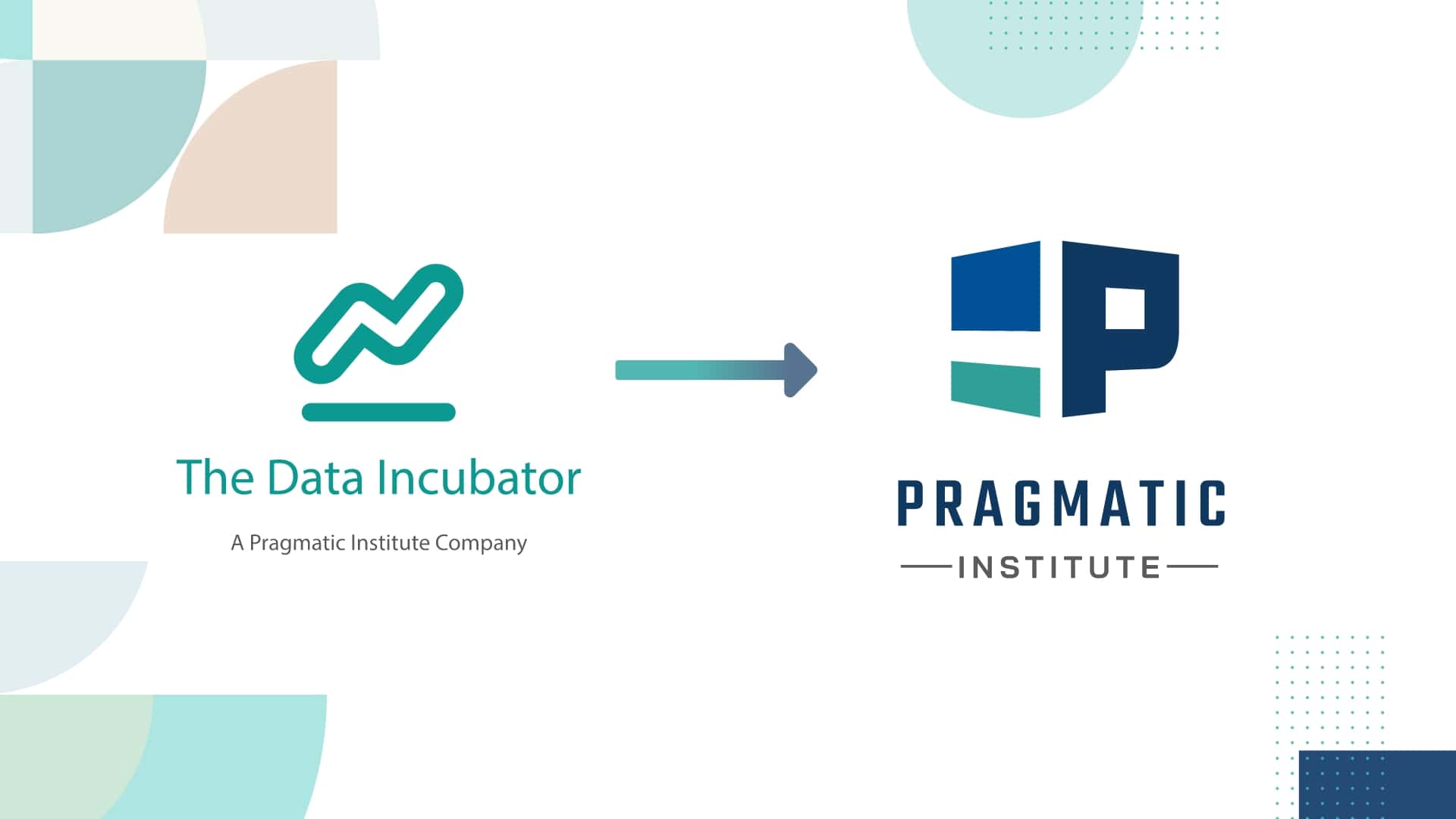Do you struggle to communicate data to stakeholders and other non-data teams? This article discusses common challenges associated with sharing data and offers solutions on how to overcome them.
As companies increasingly rely on data to drive decision-making, the role of data insights has become more important than ever. However, providing data insights to non-data teams can be a challenging task. Non-data teams often have limited knowledge of data and statistics and may not have the skills to interpret and apply insights effectively.
In this article, we will explore some common challenges faced when providing data insights to non-data teams and discuss strategies for overcoming them.
Challenge 1: Complex Data Going Over People’s Heads
Data can be complex and difficult to understand, especially for those not trained in data analysis. One of the biggest challenges when providing data insights to non-data teams is communicating complex data in a way that is simple and easy to understand.
Solution: Prioritize Visualizations and Storytelling
One of the most effective ways to communicate complex data is through visualizations. Visualizations, such as charts and graphs, help to simplify complex data and make it easier to understand. When using visualizations, it is important to choose the right type of visualization that best represents the data.
In addition to visualizations, storytelling can also be a powerful tool for communicating data insights. By telling a story, data can be presented in a more relatable and understandable way. For example, instead of presenting a table of sales data, you could tell the story of how a particular product performed in a particular region over time. Providing this type of context helps make your data insights more comprehensible.
Challenge 2: Lacking Data Quality and Accuracy
Although data can never be flawless, people within the organization must possess a degree of trust that the underlying data genuinely represents the situation at hand. Viewing your data as a business asset without addressing persistent data quality concerns may lead to less people using the data, which should not come as a surprise.
Data quality and accuracy are critical when providing data insights. Non-data teams may not have the skills or knowledge to assess the quality and accuracy of the data, which can lead to incorrect conclusions and decisions.
Solution: Establish Data Governance and Quality Control Processes
It is important to establish data governance and quality control processes to ensure data quality and accuracy. These processes should include data validation, data cleaning, and data auditing. By implementing these processes, data insights can be provided with greater confidence and accuracy.
Challenge 3: Team Members Need More Data Literacy
A Qlik survey revealed that a mere 21% of workers felt entirely assured in their data literacy abilities, which can be defined as the competencies to read, comprehend, scrutinize, and manipulate data. Despite the growing availability of data, an overwhelming 74% of employees reported feeling inundated or overwhelmed when dealing with data. Lacking sufficient training and assistance, individuals will find it challenging to adopt something they see as intimidating and incomprehensible. This can be a significant barrier to effective decision-making.
Solution: Provide Data Literacy Training
To address the lack of data literacy, it is important to provide data literacy training to non-data teams. This training should cover the basics of data analysis, statistics, and data visualization. By providing this training, non-data teams can develop the skills and knowledge necessary to understand and apply data insights effectively.
[Want training for your team so they can work better with data? Check out your options here.]
Challenge 4: Team Members Don’t Trust the Data
According to an Accenture study, only 33% of companies indicated they trusted “their data enough to use it effectively and derive value from it.” Progress in data-driven initiatives can be hindered when individuals lack confidence in the data. Teams not focused on data may be doubtful of data-driven insights, especially if they have previously encountered negative experiences with data. Building trust in data insights is critical to ensuring they are used effectively.
Solution: Establish a Culture of Data-Driven Decision-Making
To build trust in data insights, it is important to establish a culture of data-driven decision-making. This culture should emphasize the importance of data in decision-making and encourage the use of data to support decisions. Leadership should embody this approach by using data in their big decisions and sharing how data influenced the conversation. By establishing this culture, non-data teams will more likely trust and use data insights effectively.
Challenge 5: Managing Stakeholder Expectations
Finally, managing stakeholder expectations can be challenging when providing data insights to non-data teams. Stakeholders may have unrealistic expectations about what data insights can achieve, leading to disappointment and frustration.
Often, insufficient attention is paid to preparing managers and employees for the transition to a more data-driven culture. For example, companies may overlook the important role that communication plays in introducing such change. Taking the time to explain the benefits to individuals can help overcome potential resistance to data or analytics. A McKinsey study found companies that invested in and prioritized stakeholder communication reported a 79% success rate—three times the average for all other initiatives.
Solution: Set Realistic Expectations
To manage stakeholder expectations, it is important to set realistic expectations about what data insights can achieve. This can be done by clearly defining the scope and limitations of the data insights, and by communicating these to stakeholders. By setting realistic expectations, stakeholders will be more likely to understand and appreciate the value of the data insights provided.
Key Takeaways
Providing data insights to non-data teams can be a challenging task. However, by implementing solutions that meet your audience where they’re at, these challenges can be overcome. Effective communication of complex data, ensuring data quality and accuracy, providing data literacy training, building trust in data insights, and managing stakeholder expectations are all critical components of providing data insights to non-data teams.
It is important to note that these strategies are not one-size-fits-all. Each organization and non-data team has unique needs and challenges that require tailored solutions. Therefore, it is important to take the time to understand the specific needs and challenges of each non-data team and to develop customized strategies to meet their needs.
In addition to the strategies discussed in this article, it is also important to work closely with non-data teams to understand their goals and objectives, and to ensure that data insights are aligned with these goals. By working collaboratively with non-data teams, data insights can be provided in a way that is most useful and impactful for the organization.
Translate Data Insights into Business Strategy
As a business leader, it’s important to understand what problems you can solve with data and how to leverage your findings to make better decisions. Data Science for Business Leaders shows you how to partner with data professionals to uncover business value, make informed decisions and solve problems.
The world of data is moving fast. Understand how business leaders and data practitioners contribute at each stage of data projects to drive results that have a real impact on your organization.
Author
-

The Pragmatic Editorial Team comprises a diverse team of writers, researchers, and subject matter experts. We are trained to share Pragmatic Institute’s insights and useful information to guide product, data, and design professionals on their career development journeys. Pragmatic Institute is the global leader in Product, Data, and Design training and certification programs for working professionals. Since 1993, we’ve issued over 250,000 product management and product marketing certifications to professionals at companies around the globe. For questions or inquiries, please contact [email protected].








